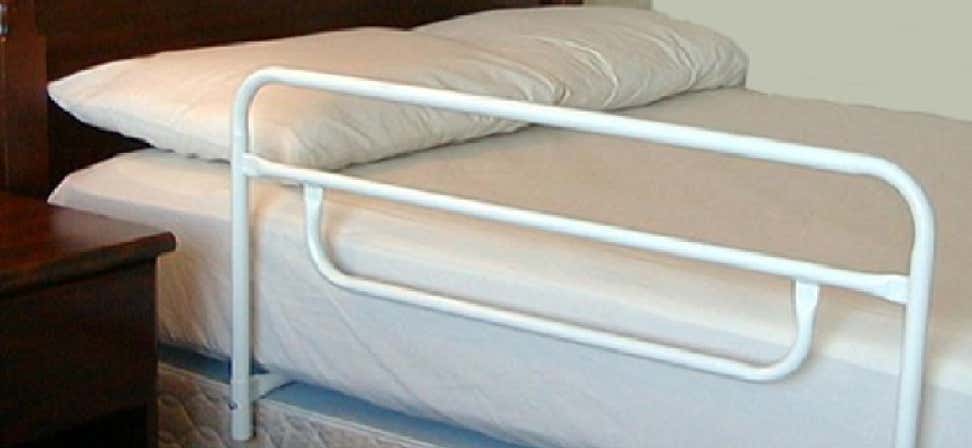Prepaid cards are a popular alternative to traditional checking accounts for many older adults because they can be cheap and easy to use. But there can be fees and downsides. Each card has a different policy, so it’s important to do research to better manage and protect your money.
What is a prepaid card?
Prepaid cards are pre-loaded with money, but you typically cannot spend more than the amount on the card.
There are many types of prepaid cards, including:
- Federal government-issued cards such as Direct Express®, developed exclusively for people who receive federal benefits (such as Social Security, SSI, Veterans benefits)
- Electronic benefits transfer (EBT) cards, which are state-issued government benefits cards (such as SNAP/Food Stamps, TANF)
- Commercial prepaid debit cards, which typically carry a network logo (such as Visa, MasterCard, American Express or Discover) and look like a normal credit or debit card
- Gift cards from retail stores, which have a fixed amount and cannot be re-loaded
In Partnership with Bank of America, NCOA developed the following 11 tips on how to use, manage, and protect government-issued and commercial prepaid debit cards.
Government benefits cards
- Look closely at the fee summary. Be sure to use your card wisely and avoid fees whenever possible
- Use an ATM in the Direct Express® card network. For ATMs in the Direct Express® card network, your first withdrawal is free and later withdrawals have reduced fees
- Make store payments with your Direct Express® card. Avoid ATM fees by paying for purchases in stores with your card
- Get cash back for free in stores. When you make a purchase using your PIN number at grocery stores and many other places, you have the option to get cash back for free
- Get cash from certain banks free of charge. Go to any bank or credit union that displays the MasterCard acceptance mark and get cash from a teller free of charge
Other prepaid cards
- Prepaid cards as an alternative to a checking account. Prepaid cards are popular with lower-income households, seniors and young people learning to manage money because they can sometimes be cheaper and easier than traditional bank or credit union accounts
- Understand the options. Know the fees and costs of prepaid cards and comparison shop
- Know that prepaid card providers generally don’t check your credit
- Check the card agreement for fees. At some stores, paying with a prepaid debit card might provide the option to run the card as “credit” or “debit.” Some prepaid cards charge you a higher fee if you choose debit; check the card agreement to understand all fees as the money will come out of the prepaid card account either way.
- Contact the card provider right away if your card or PIN is lost or stolen. Your rights to recover money taken from your prepaid card account depend on the type of card, the contract, and how quickly you report the loss. Generally, payroll cards and government benefits cards are protected under the same rules that protect your bank debit card. The federal Direct Express® card provides similar protections by contract. Network-branded (MasterCard or Visa) prepaid debit cards usually give some protection, but check the card provider’s website for the specifics. If the card that was lost or stolen was a gift card for just one store or retail group, your ability to recover any money will depend on the retailer’s policies and on whether you registered the card.
- Don’t use prepaid cards for gas, hotels, or rental cars. Some prepaid cards can incur an additional charge at a gas station, hotel or rental car agency.is called a temporary hold as your purchase may take a few days to process and the temporary hold ensures there is money to cover the full potential charge. Once the transaction is processed, the temporary hold is removed and the held money returns to the card. Using a prepaid card to purchase gas at the pump or for hotels or rental cars may restrict access to the funds in addition to the purchase for several days.









